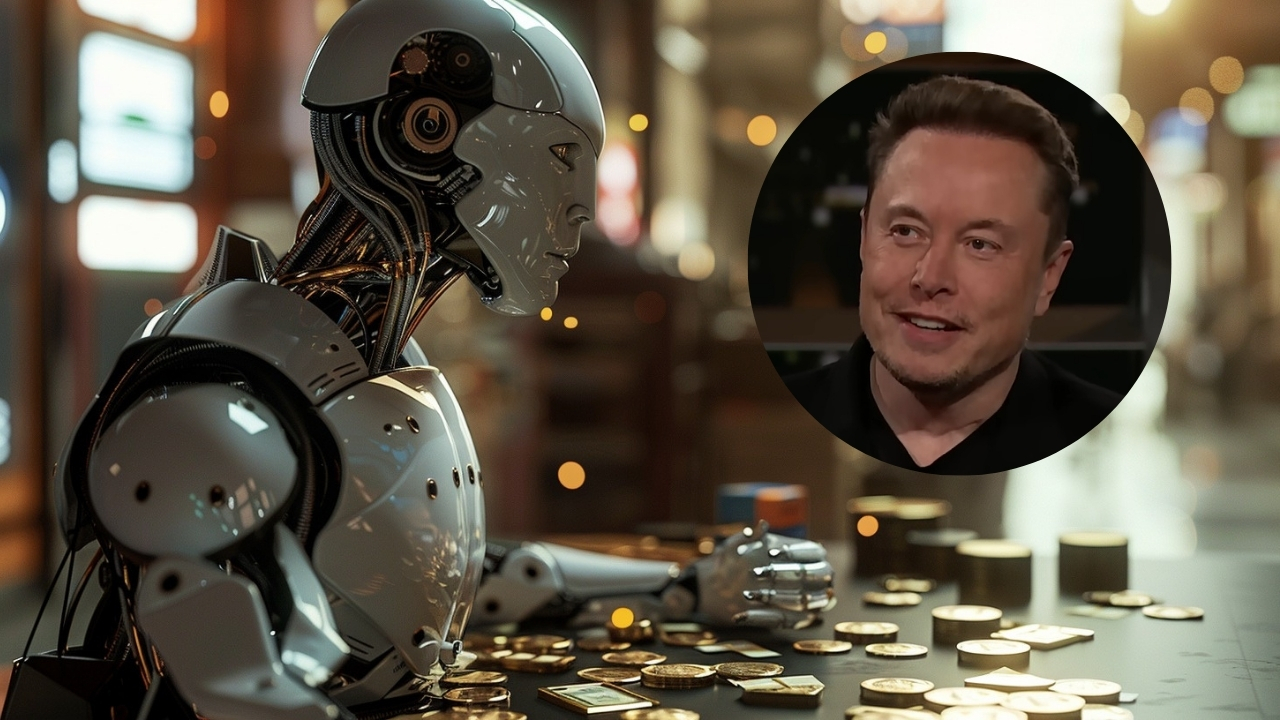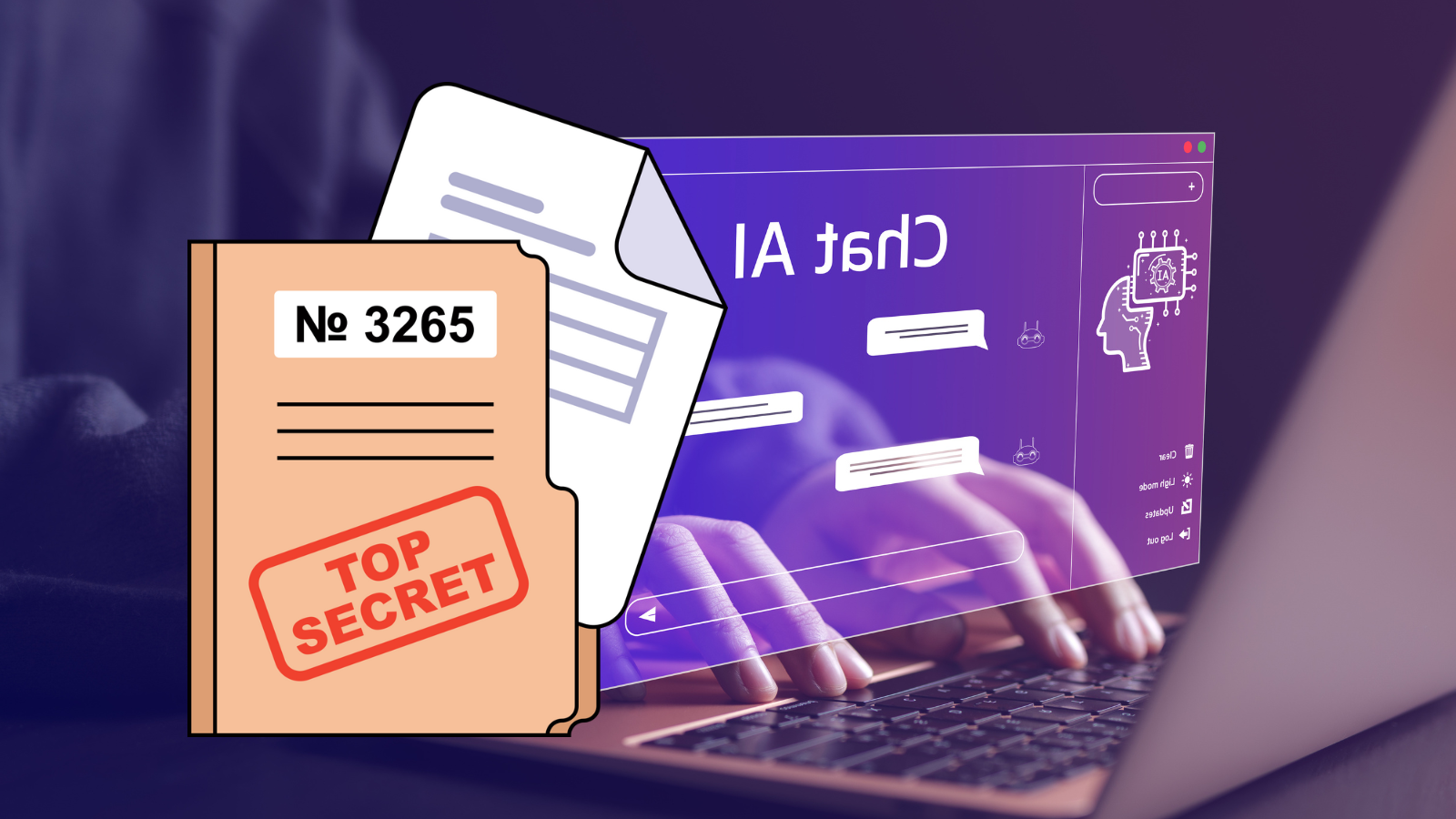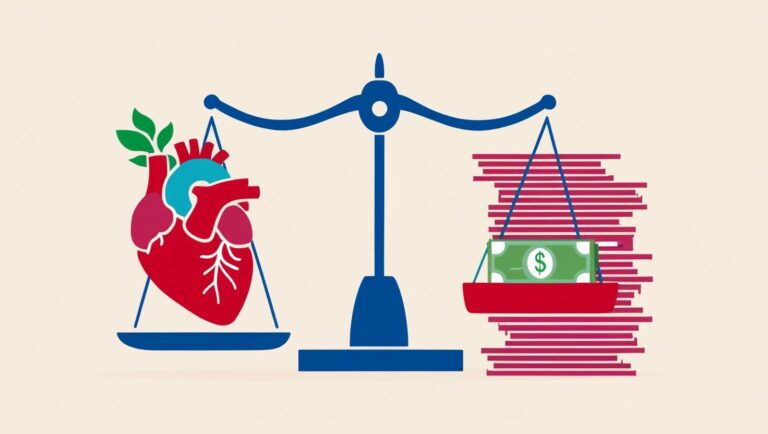The inception of OpenAI was marked by a collaboration between some of the most influential figures in the tech industry.
Co-founders Elon Musk, Sam Altman, Greg Brockman, Ilya Sutskever, Wojciech Zaremba, and John Schulman united with a shared vision: to ensure the development of artificial intelligence in a way that benefits humanity as a whole, rather than being controlled by a select few.
This founding ideal was rooted in the belief that AI had the potential to address some of the most critical challenges facing humanity, provided it was guided by ethical principles.
Table of Contents
Leadership Tensions and Musk’s Departure
Despite the noble aspirations, AI’s early years were not without internal strife. Leadership disagreements emerged, particularly between Musk and other co-founders, over the direction and governance of the organization.
These tensions were further complicated by Musk’s involvement with Tesla, leading to his eventual departure from OpenAI’s board. Officially attributed to a conflict of interest, this move sparked debate within the AI community regarding the true reasons behind his exit and the implications for AI’s future.
Financial Challenges and Strategic Shifts

Musk’s departure heralded a period of financial uncertainty for OpenAI. With the loss of Musk’s promised funding, the organization faced the daunting task of supporting its research endeavors without compromising its founding principles.
This led to a significant strategic pivot: transitioning from a non-profit entity to a capped-profit model. This decision, aimed at securing the financial viability of the organization while adhering to its core mission, marked a new chapter in AI’s evolution.
The Microsoft Alliance and Technological Breakthroughs
A key milestone in AI’s journey was the formation of a strategic partnership with Microsoft. This collaboration resulted in the development of a powerful supercomputer, designed to accelerate OpenAI’s research and the creation of groundbreaking AI technologies such as ChatGPT and DALL-E.
This partnership not only provided the necessary resources for OpenAI’s ambitious projects but also raised questions about the organization’s commitment to its original ethos of openness and accessibility.
The Era of ChatGPT and Public Scrutiny
The launch of ChatGPT represented a turning point for AI, showcasing its capabilities and setting a new benchmark for conversational AI.
This success also reignited discussions about OpenAI’s transformation from a non-profit to a profit-driven entity, with critics, including Musk, questioning whether the organization had strayed from its founding mission.
The public and industry’s reaction to OpenAI’s evolution underscores the ongoing debate about the role of ethics, governance, and transparency in the development of AI.
Governance and Future Directions
As OpenAI continues to navigate its path forward, the organization faces scrutiny regarding its governance structures, ethical commitments, and strategic decisions.
The departure of key board members and public controversies reflect the broader challenges and responsibilities that come with leading the advancement of AI technology. OpenAI’s ability to balance innovation with its foundational principles will be critical in shaping not only its own future but also the broader trajectory of artificial intelligence.
FAQs
How has OpenAI’s research focus evolved since its inception?
Since its inception, AI’s research focus has broadened significantly. Initially concentrated on developing and publishing open-source AI research for the benefit of all, the organization has increasingly shifted towards creating highly advanced AI models like GPT (Generative Pre-trained Transformer) series and DALL-E.
These models have pushed the boundaries of AI capabilities in natural language processing and image generation, respectively. OpenAI’s evolution reflects a balance between cutting-edge AI research and the practical application of AI technologies in society.
What are the implications of OpenAI transitioning to a capped-profit model for the AI research community?
OpenAI’s transition to a capped-profit model has several implications for the AI research community. Firstly, it sets a precedent for how AI organizations can fund extensive research while maintaining a commitment to ethical standards and societal benefits.
This model allows OpenAI to attract private investment without losing sight of its mission to ensure AI benefits all of humanity. Additionally, it raises questions about the accessibility of AI technologies and the potential for creating a competitive but ethically aware AI research landscape.
How does OpenAI ensure its AI technologies are developed ethically?
OpenAI has implemented several measures to ensure the ethical development of its AI technologies. These include rigorous internal review processes, adherence to AI ethics guidelines, and active engagement with the broader AI ethics community to discuss and address potential ethical issues.
AI also collaborates with external researchers and policymakers to inform its practices and contribute to the development of industry-wide standards for responsible AI use and development.
What role does Sam Altman play in guiding OpenAI’s strategic decisions?
As CEO, Sam Altman plays a crucial role in guiding OpenAI’s strategic decisions. His responsibilities include setting the organization’s overall direction, prioritizing research and development projects, and ensuring that AI’s activities align with its mission to advance digital intelligence in the way that is most likely to benefit humanity.
Altman’s leadership is instrumental in navigating the challenges of AI research and development while securing the resources and partnerships necessary for OpenAI’s success.
HasAI’s transition to a capped-profit model affected its collaboration with other research institutions?
OpenAI’s transition to a capped-profit model has not significantly hindered its ability to collaborate with other research institutions. Instead, it has provided a unique framework for collaboration that balances the need for funding and resource allocation with the commitment to open and ethical AI research.
OpenAI continues to engage in partnerships and collaborations with academic and research institutions to advance the field of AI, share knowledge, and address critical challenges in AI safety and ethics.
What measures does AI take to address concerns about AI’s impact on employment and society?
OpenAI actively engages in research and discussions about the socio-economic impacts of AI, including its effect on employment and society at large. The organization explores strategies for mitigating negative impacts, such as developing and promoting the use of AI in creating new job opportunities and enhancing productivity in various sectors.
OpenAI also participates in policy discussions and collaborates with other organizations to ensure that the benefits of AI are distributed equitably and that systems are in place to support those affected by technological displacement.
Final Words
To conclude, the history of this software is a testament to the complexities of pioneering in the field of artificial intelligence. From its ambitious beginnings to its current status as a leader in AI research, OpenAI’s journey reflects the challenges of balancing innovation, ethics, and strategic growth.
As the organization moves forward, it remains to be seen how it will navigate the ever-evolving landscape of technology and society, and whether it can stay true to its mission of benefiting all of humanity.













